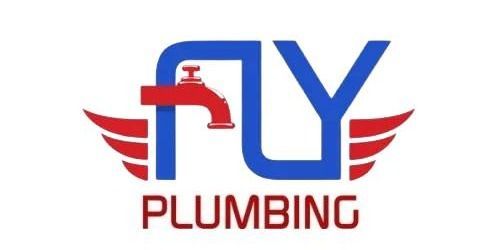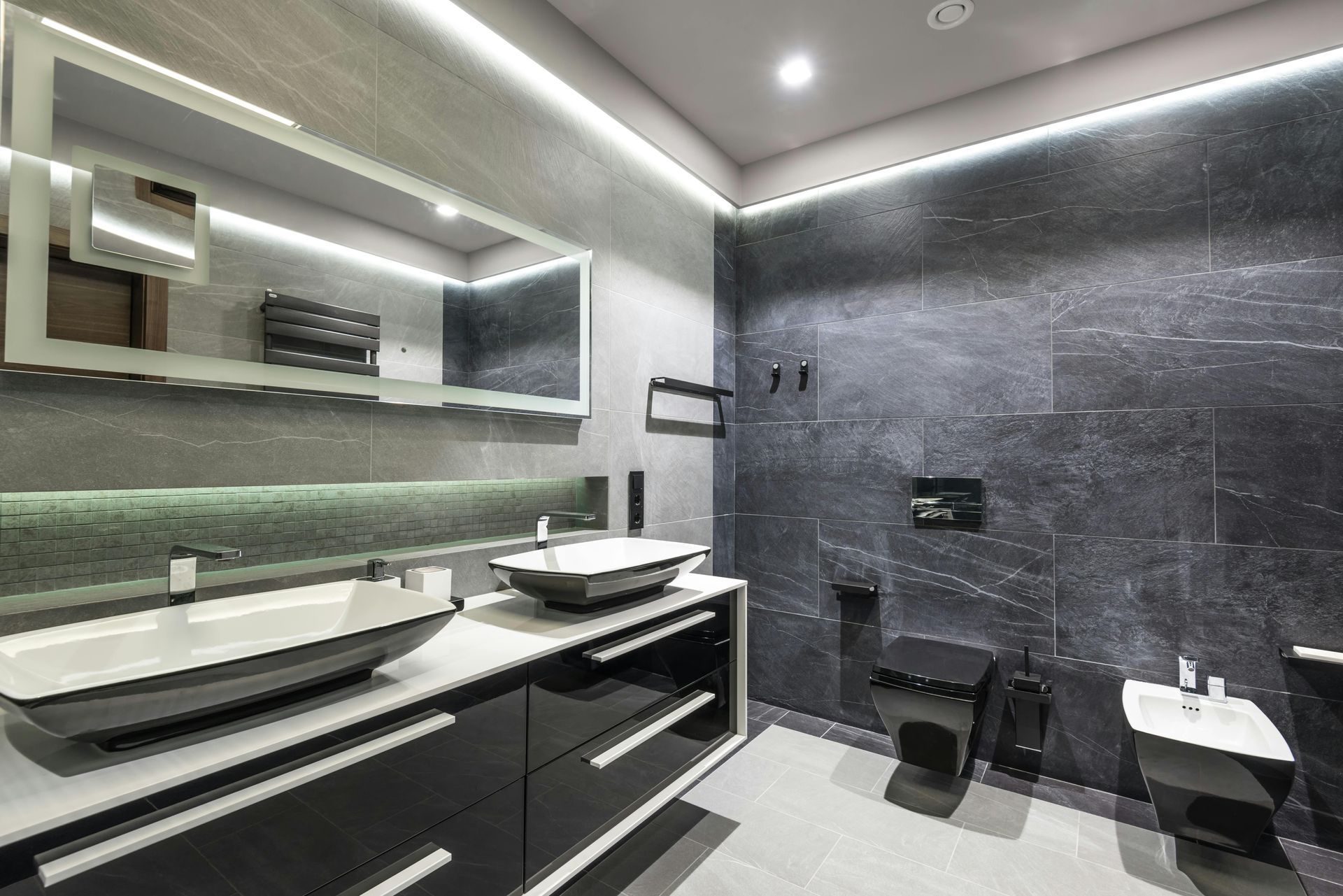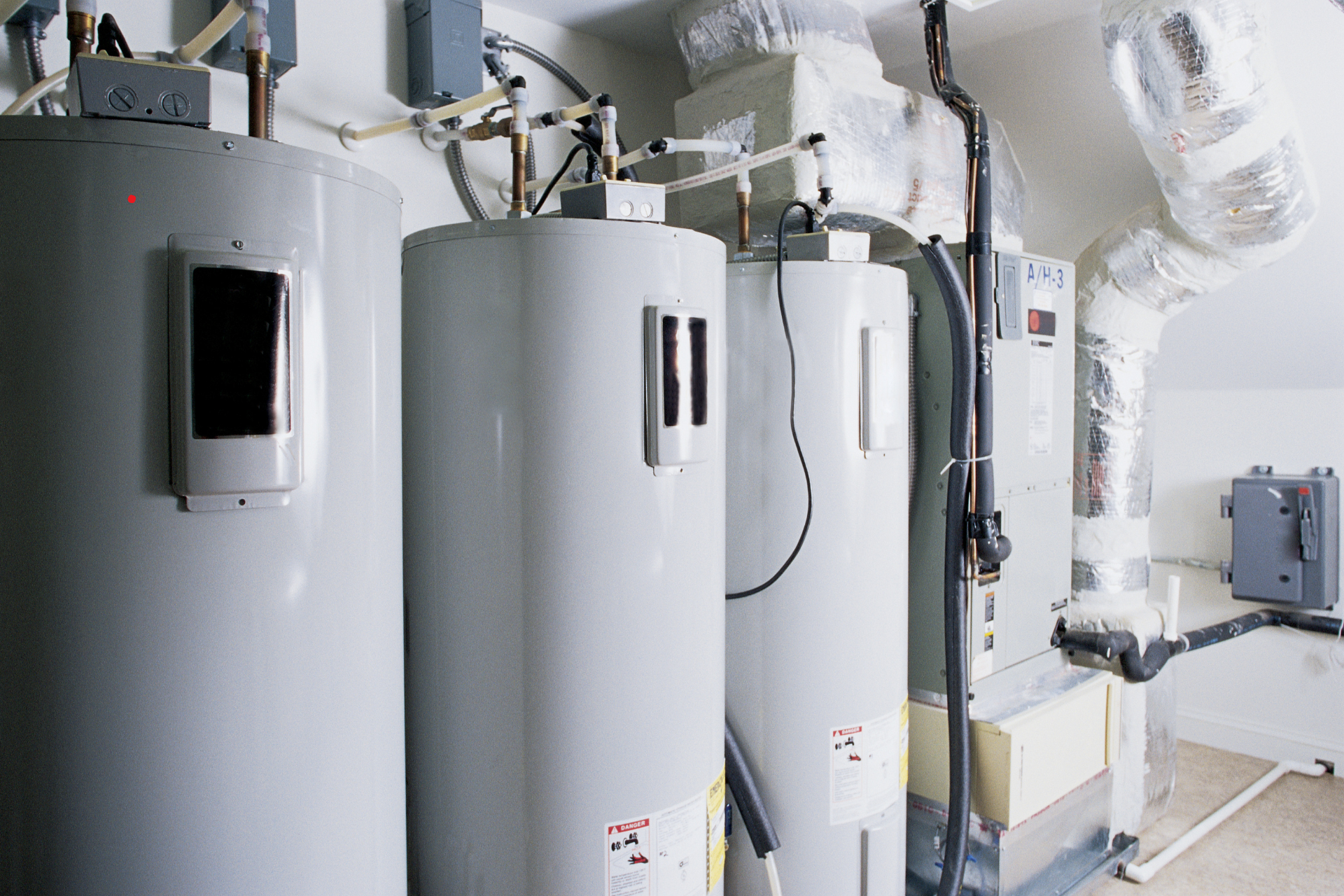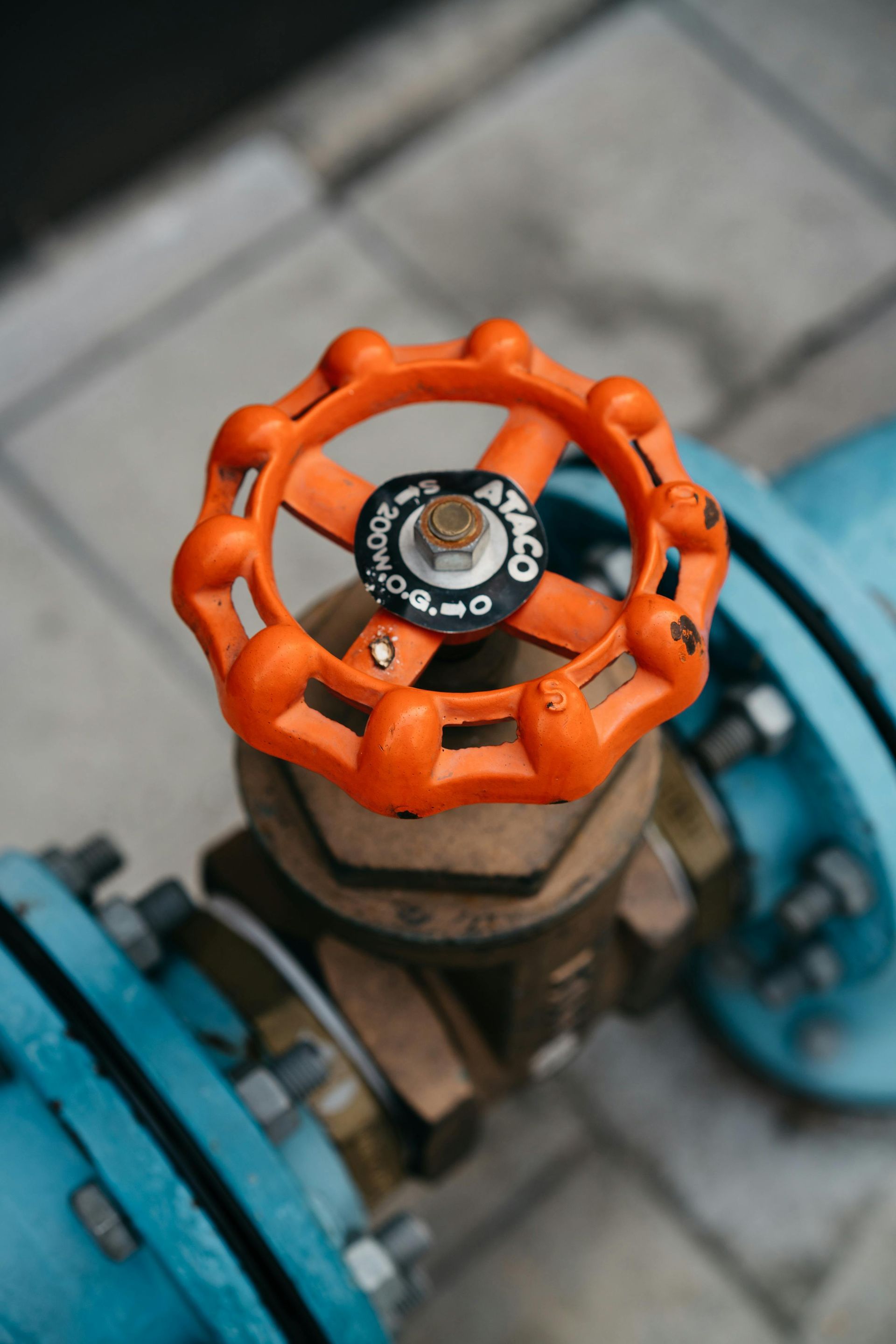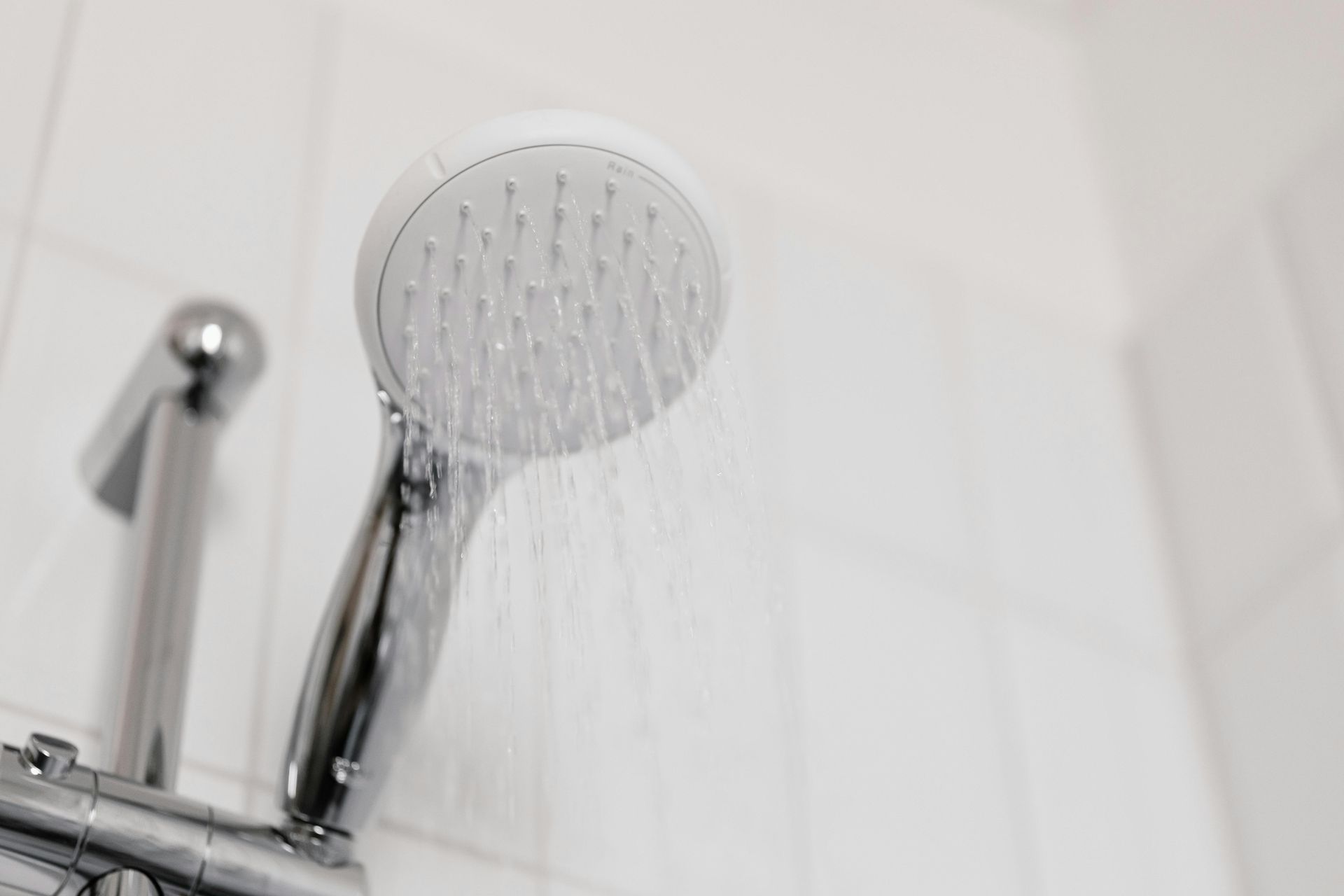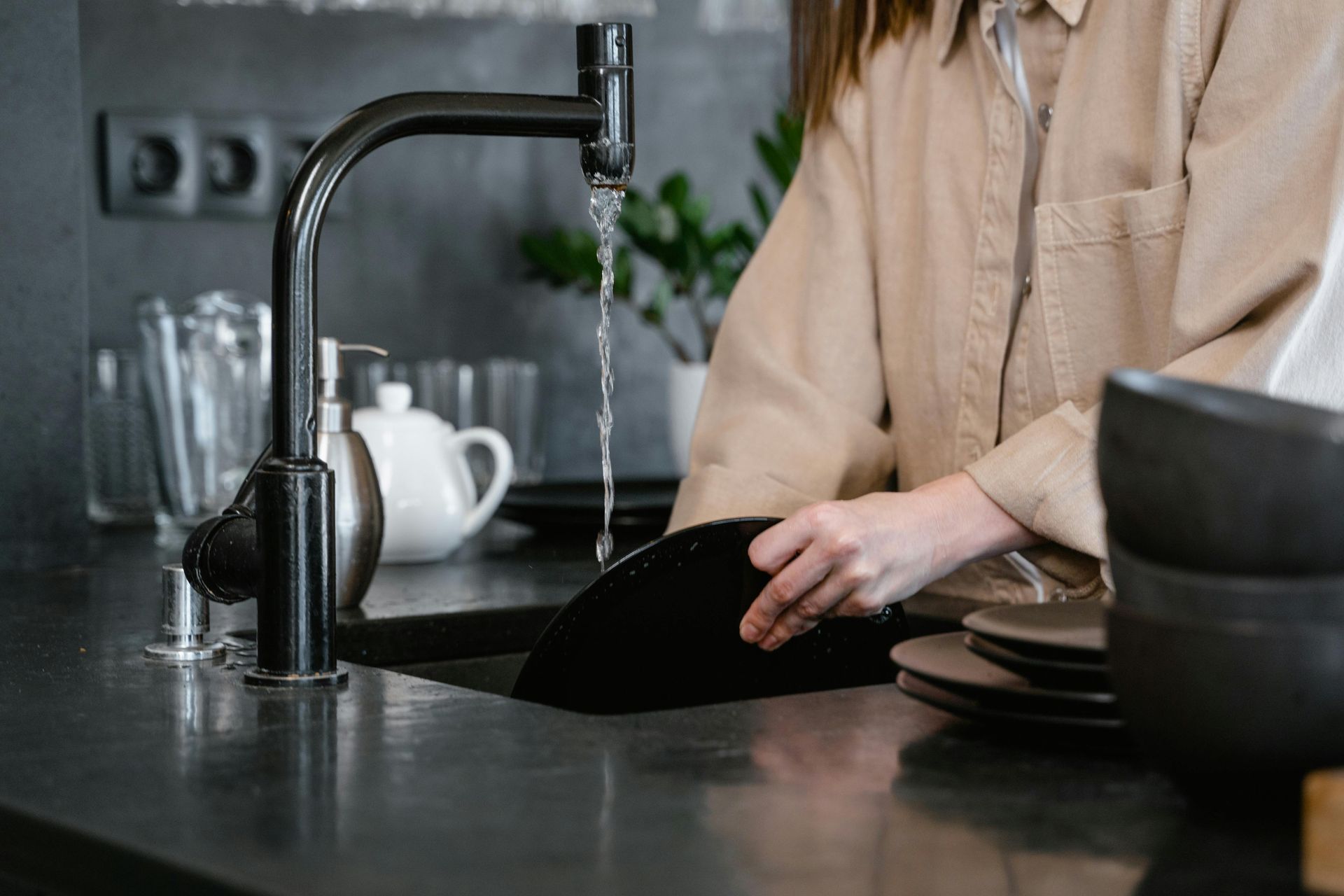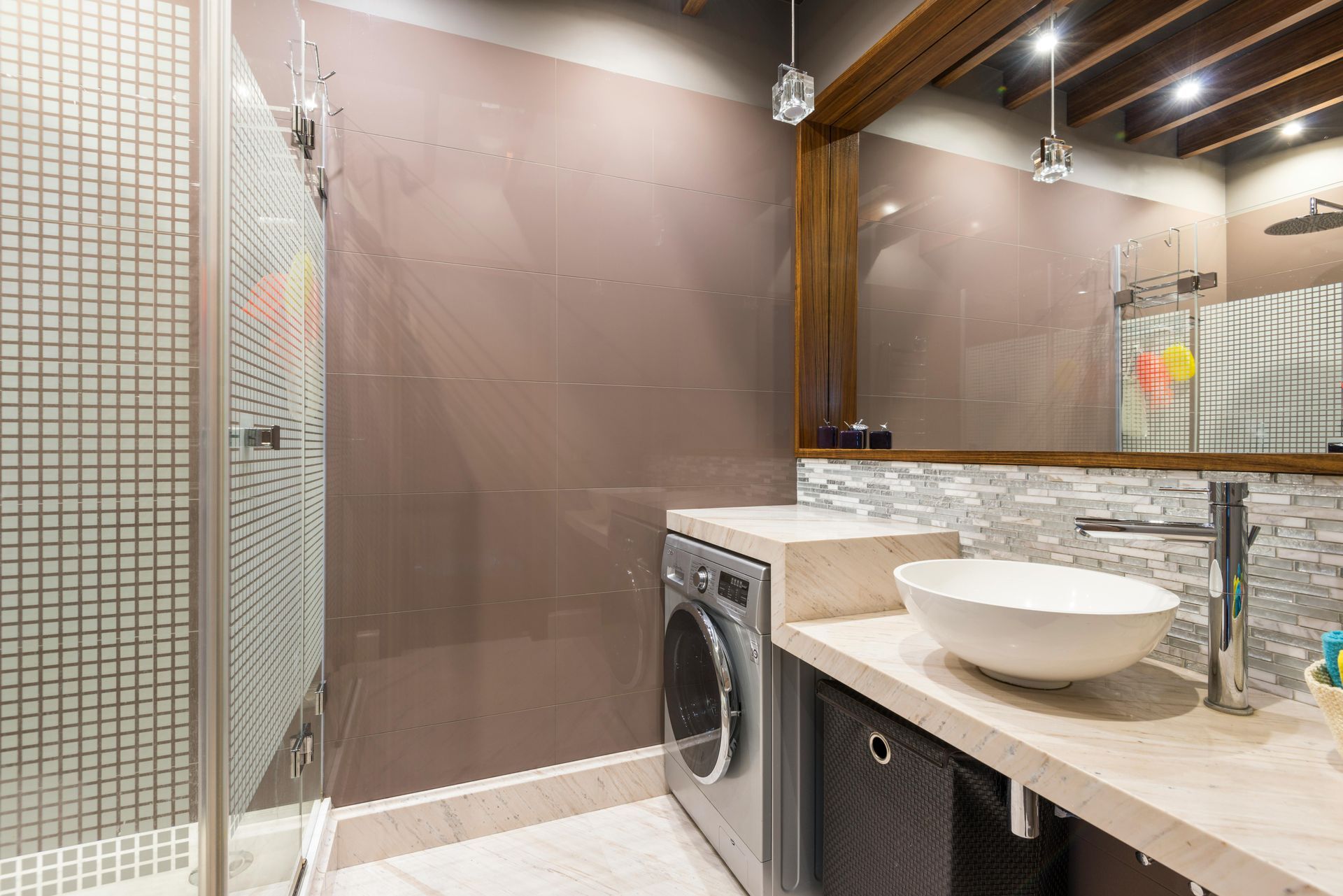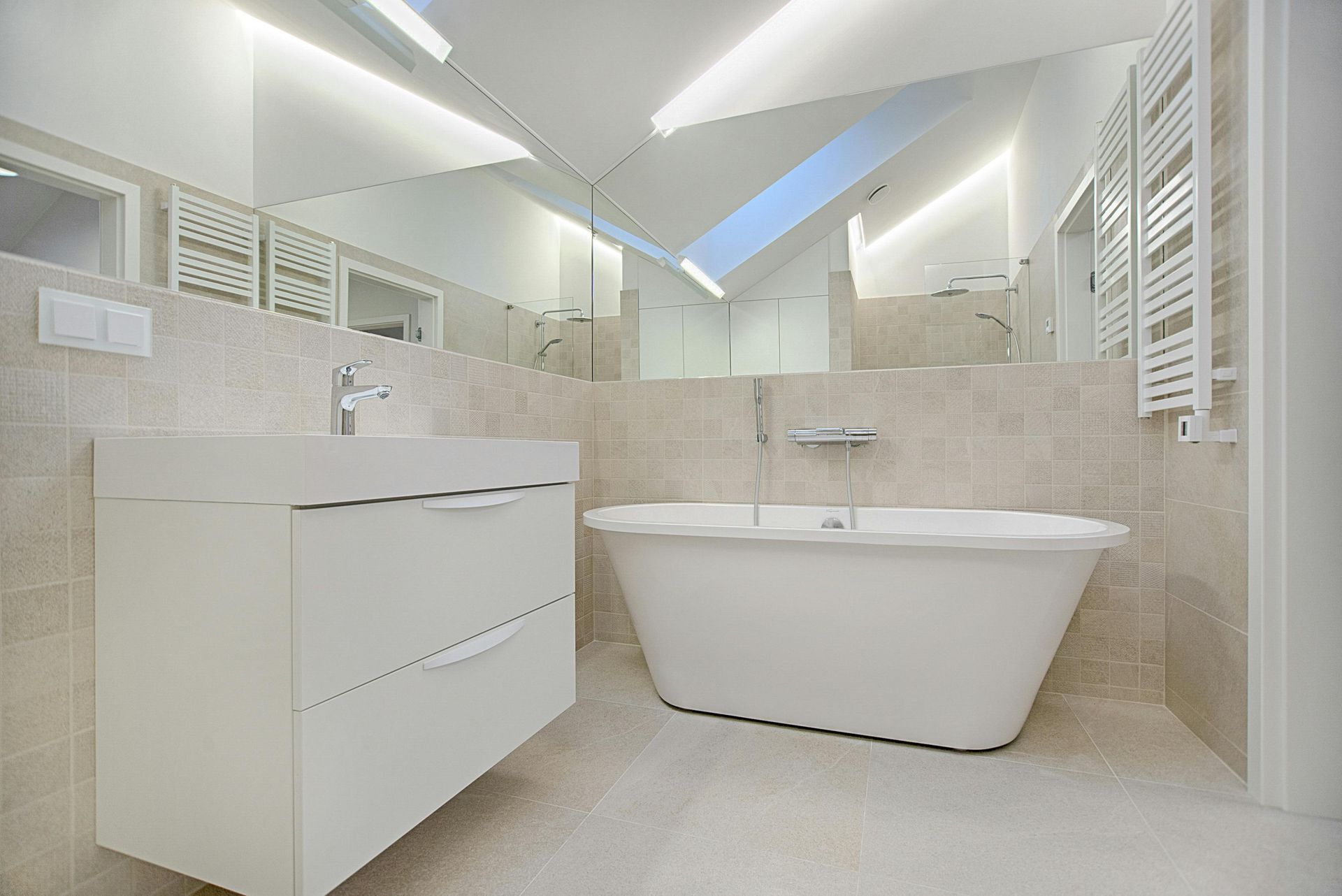What Is a Vent Pipe in Plumbing and How Does It Work?
Most homeowners are familiar with the basic parts of a plumbing system—pipes, drains, faucets, and toilets. But fewer people know about one of the most critical (and often overlooked) components: the plumbing vent pipe. While it doesn’t carry water, this part plays a vital role in making sure everything in your drainage system flows smoothly and safely.
In this article, we’ll explain what a plumbing vent pipe is, how it works, and where it’s typically located inside or outside your home.
What Is a Plumbing Vent Pipe?
A plumbing vent pipe—also called a “vent stack” or “drain-waste-vent (DWV) vent”—is a vertical pipe that allows air to enter the plumbing system to maintain proper pressure as wastewater flows through the drain lines.
It serves two main functions:
- Equalizes air pressure inside your drainage system
- Safely vents sewer gases outside your home
Think of it as the “breathing system” of your plumbing. Just as your lungs need fresh air to function, your drainpipes need airflow to move wastewater efficiently.
How Does a Plumbing Vent Pipe Work?
When you run water down a drain—whether from a sink, shower, or toilet—it flows through a curved pipe called a trap, which holds water to block sewer gases. But as the water travels down the drainpipe, it creates negative pressure behind it.
Without proper ventilation, this suction can:
- Pull water out of nearby traps
- Cause slow drainage or gurgling noises
- Let unpleasant sewer odors into your home
- Lead to irregular flushing or bubbling toilets
The vent pipe prevents this by allowing air to enter the drain system behind the flowing water. This balances pressure, supports smooth flow, and keeps traps from being emptied.
Where Is the Plumbing Vent Pipe Located?
Most plumbing vent pipes extend vertically from the drain system up through the roof of your house, where gases are safely released into the open air. You may recognize it as a small pipe protruding above your roofline.
In a typical single-family home, the main vent pipe is connected to the main drain line, and may have smaller branch vents serving individual bathrooms, kitchens, or appliances.
Common locations include:
- In the walls behind toilets, sinks, or bathtubs
- Through the attic and roof—this is where the main vent pipe usually exits
- Behind plumbing access panels in older or remodeled homes
- Near or next to stacks in multi-story homes with vertically aligned bathrooms
If your home has more than one bathroom, you may
have multiple vent stacks, or horizontal vent branches connected to a single vertical pipe.

Are There Different Types of Vent Pipes?
Yes, depending on your home’s layout and local plumbing code, the following types of vents may be used:
- Main Vent Stack (Primary Vent)
Runs vertically from the main drain to above the roofline. Required in nearly every home.
- Branch Vent
Connects secondary fixtures (like a bathroom sink) to the main vent or stack.
- Wet Vent
A vent pipe that also carries drainage from other fixtures. Used in compact bathrooms or space-limited layouts.
- Air Admittance Valve (AAV)
A mechanical valve used instead of a traditional open-air vent, typically in renovations or island sinks. It opens to admit air when water flows, then closes to keep sewer gases out.
What Happens If a Plumbing System Has No Vent?
A drainage system without a proper vent can lead to several problems:
- Gurgling sounds in sinks or tubs
- Water backing up when flushing a toilet or draining a shower
- Unpleasant odors from empty traps
- Slow drains or poor flushing performance
If the vent is blocked (by leaves, snow, or debris), similar issues may appear even if the pipe is present. In some cases, a blocked vent can cause toilet water levels to drop or bubbles to rise in nearby fixtures.
How Do You Know If You Have a Vent Pipe Problem?
Signs of a vent pipe issue include:
- Gurgling or bubbling in drains
- Unusual sewer smells near sinks, tubs, or toilets
- Fixtures draining slowly, especially after other fixtures are used
- Toilet not flushing completely or refilling slowly
- Loud suction noises behind walls when water drains
These symptoms may point to a clogged, undersized, or missing plumbing vent, especially in older or modified systems.
Can You See the Plumbing Vent Pipe from the Outside?
In most cases—yes. The main vent stack usually exits through the roof and looks like a short, vertical pipe about 2–4 inches in diameter. It may be metal, PVC, or ABS, depending on your plumbing system.
However, if you live in a multi-unit building or condo, your plumbing vent may connect to a shared system that isn’t visible from your individual roof.
Need Help Locating or Inspecting a Vent Pipe?
If you’re unsure where your plumbing vent pipe is located, suspect a blockage, or experience signs of poor drainage, Fly Plumbing is here to help. Our experienced technicians can:
- Locate and identify your plumbing vent system
- Perform vent inspections and pressure testing
- Diagnose airflow and drainage issues
- Correct vent pipe sizing or code violations
- Replace or upgrade old, broken, or missing vents
We’ll help restore proper ventilation to your plumbing system—so your drains stay quiet, fast, and odor-free.
Frequently Asked Questions
What is a plumbing vent pipe?
A plumbing vent pipe is a vertical pipe that allows air to enter the drainage system, balancing pressure and preventing sewer gases from entering your home.
Where is the plumbing vent pipe usually located?
It’s typically located inside walls behind fixtures and extends through the roof. The exposed portion is often visible as a small pipe sticking out of the roofline.
How does a vent pipe help plumbing systems?
Vent pipes let air into the drain system to prevent suction, allowing water to flow freely and traps to stay sealed, which keeps sewer odors out of your home.
